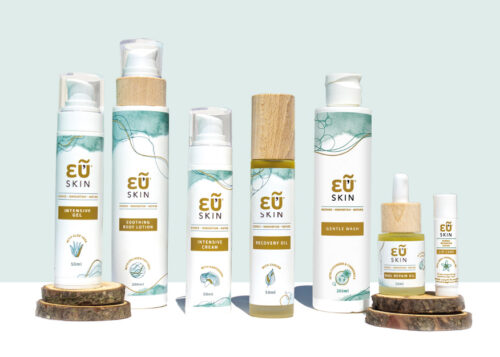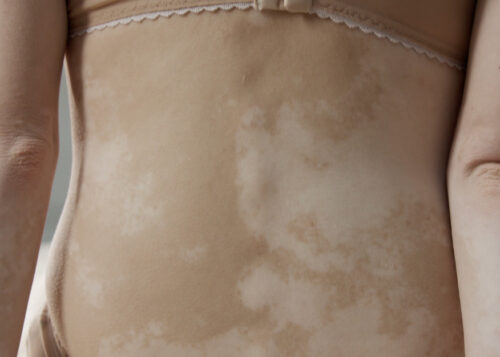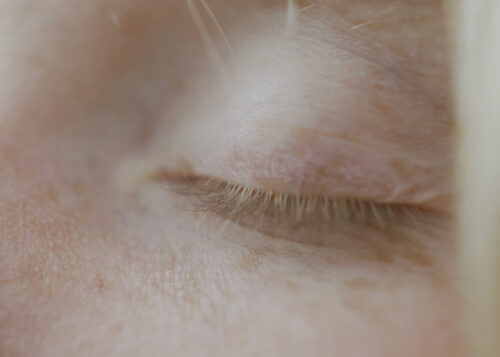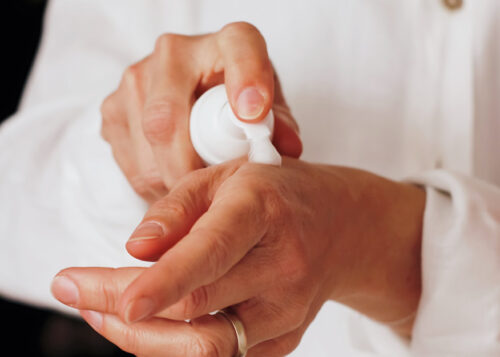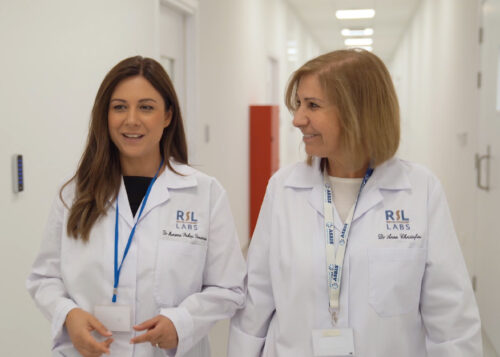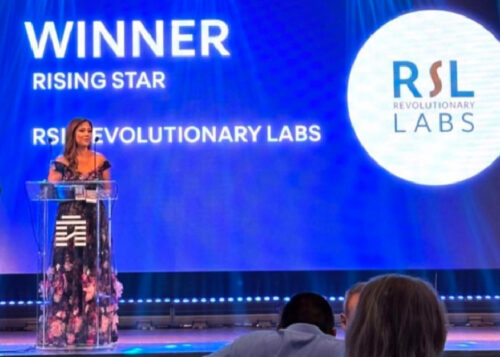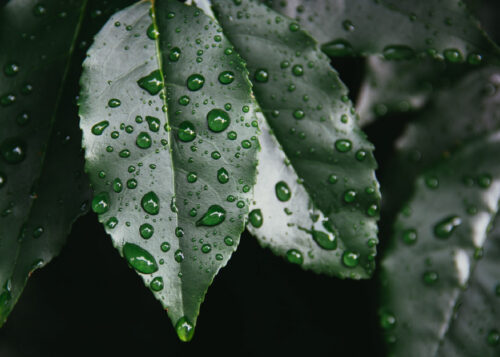Skin conditions
We understand dealing with skin conditions can be overwhelming, especially the ones caused by oncology treatments. That is why we created our skin solutions, just for you. Look for your condition in the list below and our recommendation on which product to use.
If you are unsure or can’t find the condition and symptoms you are experiencing, get in touch with us.
We’re next to you on this.
DID YOU KNOW?
Your skin is the body’s largest organ.
Your skin is alive, responsive, and deserves all the care you can give.
Skin inflammation
(bumps, tags and rashes)Result of radiotherapy, chemotherapy, hormone therapy, immune therapy & biologicals
Our product recommendations
Cracked nails
BrittlenessResult of radiotherapy, chemotherapy, hormone therapy, immune therapy & biologicals
Our product recommendations
Stomatitis – Oral mucositis
(oral blisters, difficulty in ingestion)Result of radiotherapy, chemotherapy, hormone therapy, immune therapy & biologicals
Our product recommendations
Malignant wounds
(tumors breaking through the skin)Result of radiotherapy, chemotherapy, hormone therapy, immune therapy & biologicals
Our product recommendations
Atopic dermatitis
(itchiness, sores)Result of chemotherapy, hormone therapy, immune therapy & biologicals
Our product recommendations
Eczema
Result of chemotherapy, hormone therapy, immune therapy & biologicals
Our product recommendations
~ Intensive Cream
~ Recovery Oil
~ Soothing Body Lotion
~ Intensive Gel
Chemotherapy extravasation
(leaking of chemo drugs in the skin & wounds)Result of chemotherapy, immune therapy & biologicals
Our product recommendations
Radiation dermatitis
Result of radiotherapy

